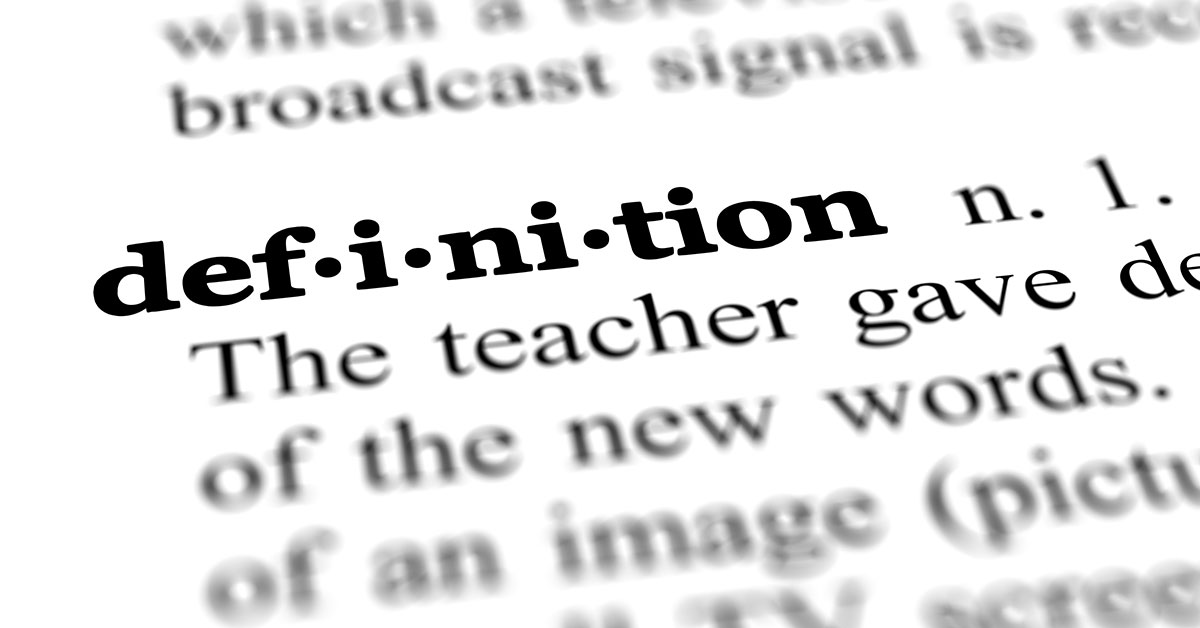I know I’m arriving late to the game (literally), but I was recently introduced to the online sensation that is Wordle. For those of you who weren’t swept up in the fad, Wordle is a game that functions a bit like a crossword. Players are given six chances to guess a five-letter word. If you guess a right letter but in a wrong location, the letter turns yellow. If you guess a right letter in the correct location, the letter turns green.
The game is fun and surprisingly addictive. Players have fostered community by sharing their Wordle scores and commiserating over lost games. For my part, Wordle has also been a chance to stretch my vocabulary. Each day unveils a new word, and it takes a bit of linguistic creativity to nail down the correct answer. I’m sure educators can appreciate an activity that makes learning memorable, meaningful, and fun!
Wordplay
Wordle has got me thinking about how we as educators can inspire student literacy within our classrooms. Literacy is one of the key pillars in education after all. Regardless of what students choose to study later in life, or what career they ultimately pursue, they will need to read and write! Games like Wordle can make tough subjects like grammar and vocabulary a lot of fun. So, how do we spark student imagination while laying a strong framework for literacy? Here are a few strategies that can help:
- Games: Obviously, Wordle could be a fun activity to do as a class, but there are other games which can help enhance student vocabulary and spelling. Scrabble is a classic game which encourages players to build up their literary skills. Scattergories is another popular activity which fosters creativity with language. Finally, consider turning your vocabulary lessons into a Jeopardy-style challenge with definitions as the questions and words as the answers!
- Poetry: Poetry is brimming with imagery, rhyme, and new words for students to discover. Consider introducing your students to the work of celebrated poets like Robert Frost and Maya Angelou. Not only will this give them a better grasp of language, but it can also promote social-emotional learning. After all, countless poets have used the medium to express their emotions and thoughts about life.
- Comic Books: I’ve written about the importance of keeping comics in the classroom more than once. Comics and graphic novels have been shown to increase interest in reading, improve student vocabulary, and provide positive representation for readers. They can also lead students through difficult issues by helping them understand social-emotional themes. Best of all, they’re really fun to read!
- Information Literacy: Turn reading into a quest for the truth! Take students on a voyage through The Quest for Truth activity and pretend to be pirates searching for a cure for scurvy. Be warned though, the Mistress of Misinformation will try to confound their efforts. The QR activity will be a fun challenge for students, building up their reading skills while also teaching them how to recognize misleading information!
Ready to Read
Language can be difficult, but it can also be a lot of fun. All we need to do is create learning experiences where students can exercise their curiosity, creativity, and critical thinking. So don’t be afraid to break out the games or graphic novels. Also, be sure to check out more information literacy activities in Blue Apple’s free Timely Topic: Information Nation. Whether students ultimately pursue an interest in science, math, technology, or engineering, becoming a better reader will teach them to be a better learner!
For more free educational resources simply follow this link. If you enjoyed this blog post, don’t forget to subscribe!

